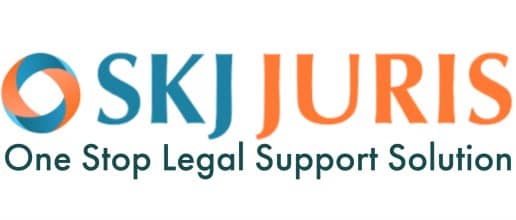Document review is the ultimate step beforeproduction, in which a party provides or demandsascertainable information to its opponent. The essence of document review, is to identify the information which falls within the scope ofdiscovery. Legal document review and management is a tedious, labour-intensive, and one of the most expensive stage in the litigation process. Attorneys spend countless hours collecting, reviewing, and analysing documentation to understand which ones are the most important, and whether they are “to be withheld or released as per the case.
This is achieved through a combination of human review teams and technology. Attorneys analysing the documents, examine individual documents one at a time todetermine what type of information they encompass. They generally label documents, as privileged, relevant, or responsive. These labels are referred to as tags. Contingentto review protocol, reviewers also apply case-specific tags, sensitivity tags to indicate particularly “hot”, “classified”or “redline” documents, or helpfulness tags such as positive, neutral, or negative.
Document review for corporate clients, is typically handled by outside resources, such as law firms or document review service vendors. Since reviewing bulk of documents is time consuming and demanding of resources, internal legal departments are usually ill-equipped to handle the process in-house. Moreover, review is heavily associated with case strategy and piecing together the overall litigation story. These contemplations usually fall aptly for a company’s outside counsel, who represent the corporation during the course of litigation and at trial, so having them lead the review effort usually makes the most sense.
The overall review plan should be well documented. Preparing initial documentation of the overall process plan will help focus the review team leads on reaching a point to extractasuitable workflow. Further, it is also important part of the evidence that the review be conducted as part of an organized and, well-constructed approach.It is near to impossible to conduct an efficient review without understanding the underlying issues of the case. The case literature analysing holds utmost importance. This helps us getting prepped and ready to take on the challenges of the next stage while examining the contents of all documents.
There are several objectives during document review. Attorneys must review and determine whether any documents are relevant to the case and responsive to requests for production. Then attorneys must identify any documents that are privileged, or that contain attorney work product or other protected sensitive information, and ensure those documents are not produced or are produced with redactions. Documents that are responsive, but which also contain protected information, attorneys must redact the privileged or sensitive information prior to producing such documents. Documents that are either withheld from the production because they are wholly privileged or are redacted prior to production to protect privileged information will be logged in a privilege log. Documents that are crucial to the defence or prosecution of the case also need to be identified. Lastly, documents produced by other parties will need to be reviewed and perhaps categorized in ways that are useful to the case team.
During the sample document review, attorney and review leadshould confirm that the review guidelines provide adequate guidance, or identify areas in which the guidelines need to be amended or accustomed. Unanticipated documents are often encountered, and guidelines or overall workflow must be altered, documents often appear relevant but do not relate to any previously identified issue may merit the amendment of the guidelines to describe an additional issue that reviewers should consider.
After reviewing the documents, it must be stored properly.Initially, the data is scanned and then converted into an electronic format.The scanned documents are indexed and classified with meta tags, after which they should be stored in CDs, tapes or any other medium desired by clients.
Through scrapping, keyword search, first level review and other techniques to thindown the volume of the dataset, the documents ultimately reviewed by the legal team usually represent only a small fraction of the original collection. The key to minimizing the risks and maximizing the efficiency and effectiveness of the document review process is to construct, document and follow a defensible process based on best practices that reflect sound project management disciplines, good legal judgment, and counsel’s specifications.



